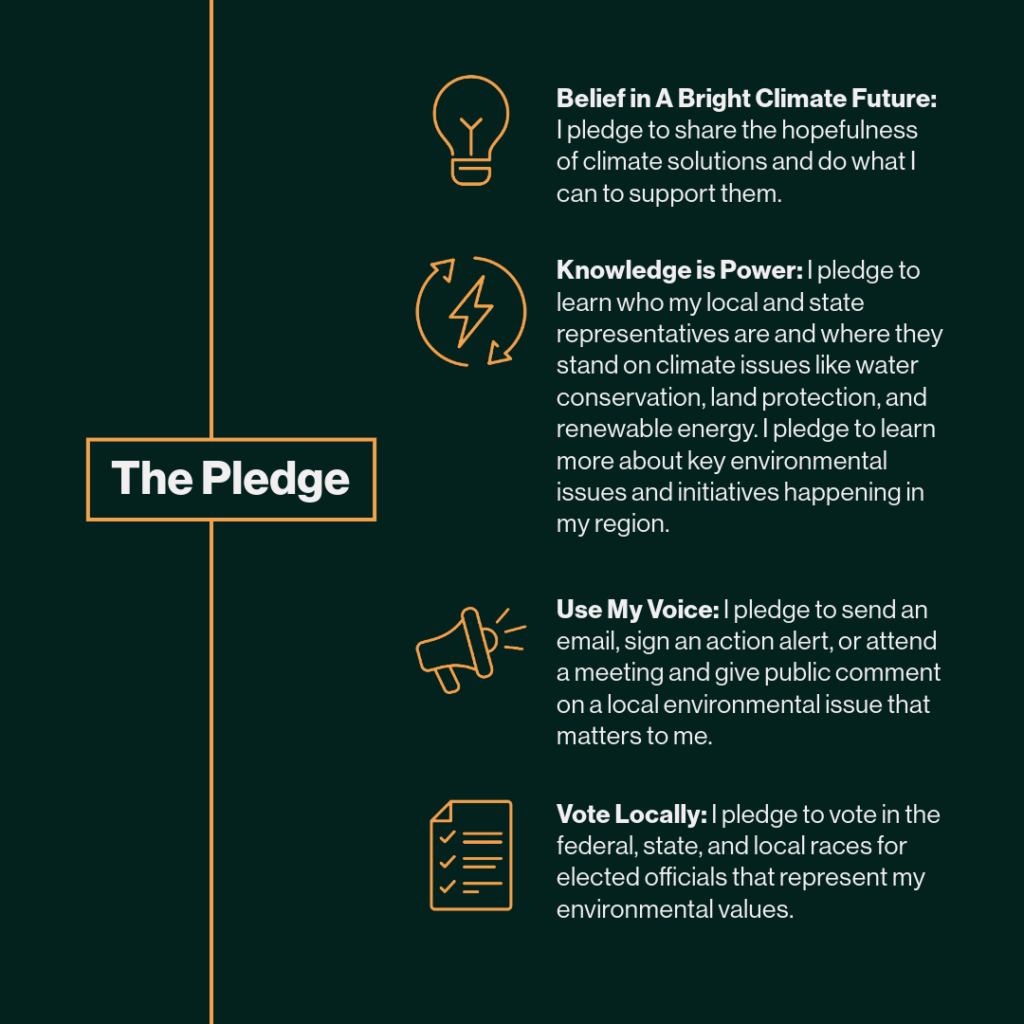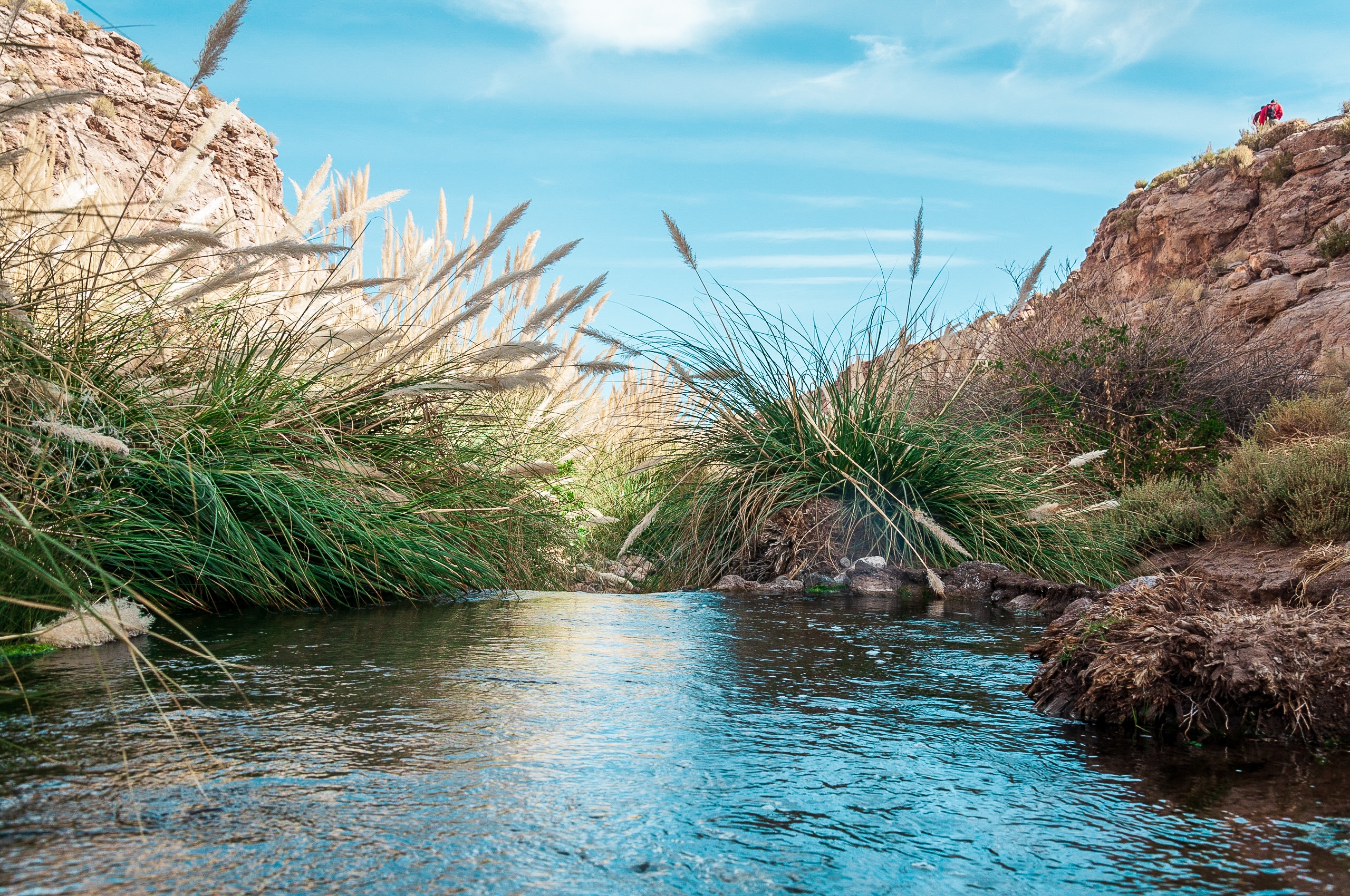
August 23, 2024
Why Water Meters Matter: Water Conservation with the White Mountain Apache Tribe
As climate change causes the West to become hotter and drier, communities are working hard to find ways to stretch increasingly limited water supplies. The White Mountain Apache Tribe is implementing a plan to use new, more accurate water meters in an ever drier and hotter west. Tune in to hear from Tribal utility leaders to hear how they are doing this work!
Want to listen on a different platform? Please join us and subscribe on Spotify, Amazon Podcasts, Youtube, Apple Podcasts, or wherever you listen to podcasts to stay up to date with our latest episodes. You can also always search for 2 Degrees Out West wherever you like to listen.
We’d love your feedback so we can continue to make our podcast the best it can be. Leave us a review!
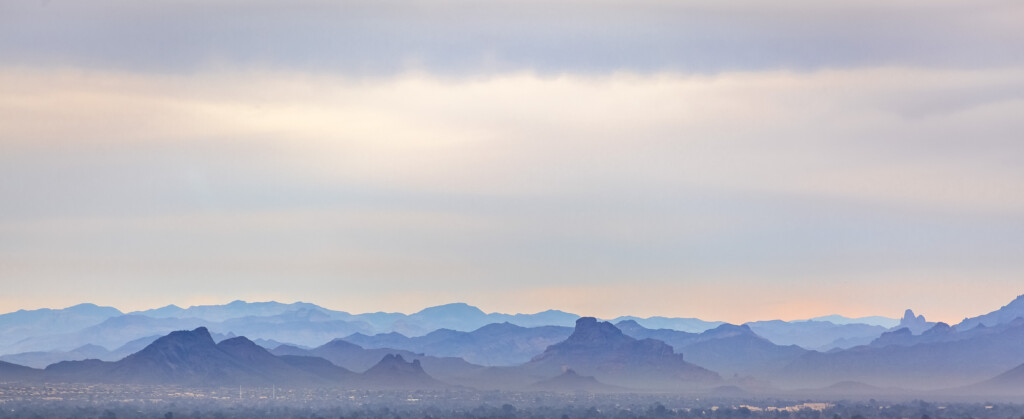
As climate change causes the West to become hotter and drier, communities are working hard to save water and stretch limited supplies. But in order to save water, we have to know how much we’re using in the first place. The White Mountain Apache Tribe in Arizona is working to do just that.
Join Kim Mitchell as she talks with Cheryl Pailzote and Lydo Harvey about a project that the Tribe is undertaking in partnership with WRA to save water in the West.
Ensuring our people’s water sources are going to be there for generations to come. This is a giant leap forward in achieving this goal.
The Tribe received a new grant to install hundreds of water meters on the Fort Apache Reservation to conserve water and find and fix leaks faster. “This will help us to track water use and inform the people of when water conservation is needed,” said Pailzote.
This podcast is translated into Apache by Jimmy Brownfeather.
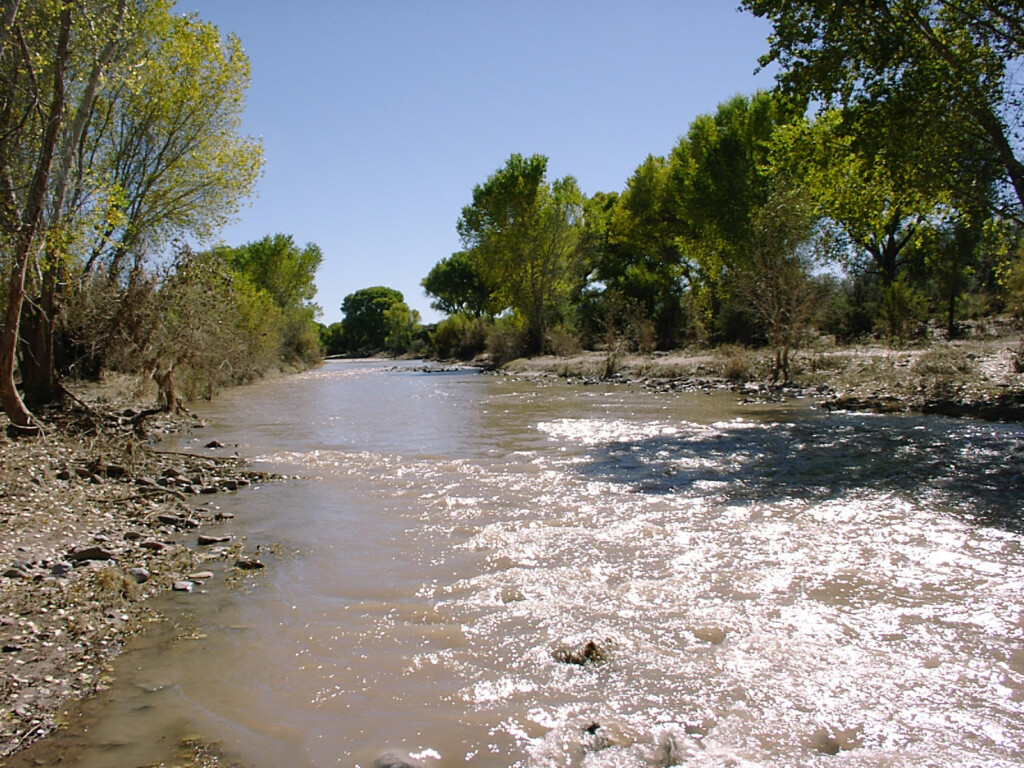
Lydo Harvey is co-Director of the Tribal Utility Authority, where he has worked for 14 years. He has certifications in both water treatment and water distribution.
Cheryl Pailzote has worked with the Tribe for 20 years and currently serves as the Water Resources Program Manager. She has extensive experience in environmental science, watershed hydrology, and water rights.
Jimmy Brownfeather is co-Director for the Tribal Utility Authority where he has worked for 38 years. He has worked in every program within the Utility, but currently focuses on waste water and maintenance. .
Full Transcript
Note: This podcast has been translated into Apache by Jimmy Brownfeather. Apache does not have a traditionally written form and as such this transcript is only available in English.
Episode Guests:
Jimmy Brownfeather: Co-director for the Tribal Utility Authority, White Mountain Apache Tribe
Lydo Harvey: Co-director of the Tribal Utility Authority, White Mountain Apache Tribe
Cheryl Pailzote: Water resources program manager, White Mountain Apache Tribe
…
Jimmy Brownfeather: Hello, my name is Jimmy Brownfeather and this is Two Degrees Out West.
Dave Papineau (Host): Welcome to Two Degrees Out West, a podcast for advocates and decision makers who want to fight climate change and its impacts across the West.
Dave Papineau (Host): On Two Degrees Out West, we talk with climate experts and advocates to bring you stories, experiences, and insights from their work in the places we call home. I’m your host, Dave Papineau. Before we get started with today’s show, a few housekeeping notes. If you’re a frequent listener, you might not recognize my voice, and that’s because I’m new to WRA.
Dave Papineau (Host): My name is Dave Papineau, and I’m the new multimedia specialist, as well as the host for Two Degrees Out West. When I’m not hosting this podcast or running WRA’s social channels, you can find me skiing, biking, or hiking around my home state of Colorado. I’m thrilled to be a part of WRA’s team and look forward to bringing you the stories and voices of the Western fight against climate change.
Dave Papineau (Host): You’ll hear more from me later, but for today I wanted to share a conversation WRA’s senior policy advisor Kim Mitchell had with Cheryl Pailzote and Lydo Harvey about initiatives that the White Mountain Apache Tribe is taking to save water. As a note, and as you’ve probably already heard, this podcast has been translated into Apache by Jimmy Brownfeather.
Dave Papineau (Host): So, you’ll hear that throughout the episode. Now, here’s policy advisor Kim Mitchell with Cheryl Pailzote, Lydo Harvey, and Jimmy Brownfeather of the White Mountain Apache Tribe.
Kim Mitchell: As climate change causes the West to become hotter and drier, communities are working hard to find ways to stretch increasingly limited water supplies. My name is Kim Mitchell, senior policy advisor at Western Resource Advocates, and on this episode of Two Degrees Out West, I’ll be talking with Cheryl Pailzote and Lydo Harvey about a new initiative that the White Mountain Apache Tribe in East Central Arizona is undertaking in partnership with WRA to save water in the West. We’re also joined by Jimmy Brownfeather, who will be translating today’s podcast into Apache.
Kim Mitchell: Cheryl Pailzote has worked with the Tribe for 20 years and currently serves as the water resources program manager. She has extensive experience in environmental science, watershed hydrology, and water rights.
Kim Mitchell: Lydo Harvey is a director of the Tribal Utility Authority, where he has worked for 14 years. He has certifications in both water treatment and water distribution.
Kim Mitchell: Jimmy Brownfeather is co-director for the Tribal Utility Authority, where he has worked for 38 years. He’s worked in every program within the utility, but currently focuses on wastewater and maintenance.
Kim Mitchell: Thank you for joining me all today. I’d like to start by learning more about each of your roles. Cheryl, what drew you to work in water and what do you do as the water resources program manager?
Cheryl Pailzote: Good morning. My name is Cheryl Pailzote. What drew me to this field is that I like the outdoors. Growing on the reservation, I lived right by the river and have been farming with my family ever since I was a child.
Cheryl Pailzote: Those were the things that really interested me and drew me to this field. So, what kind of work do I do? I oversee the Water Resources Program. We manage and monitor all the water resources on the reservation. From snow to rain to stream flows and groundwater. And we manage grants that we currently have.
Cheryl Pailzote: We also provide technical assistance to other programs. That is how I started working with the Tribal Utility Program to find ways to improve our water management.
Kim Mitchell: Lydo, what brought you to work in water and what do you do as a director of the Tribal Utility Authority?
Lydo Harvey: For me, it just started out as a place to work, a place to have a job. As I progressed, I started to learn more about the importance of water and the service it provides for the people.
Lydo Harvey: That’s what really drew me to, you know, take on this job seriously, to take it seriously. And, you know, trying to, as a director, you know, we try to come up with better solutions and ways to provide safe drinking water at adequate pressures throughout the whole reservation for all of the community members and, you know, feeding the important businesses and buildings like the hospitals and, you know, dialysis centers.
Lydo Harvey: You know, it really, it gives us, it really gives us a reason to try to be the best at what we’re doing.
Kim Mitchell: And Jimmy, what do you do at the Tribal Utility Authority?
Jimmy Brownfeather: Good morning again. I start working in 1986. I didn’t apply for this job at that time. I applied for a servicemen, meaning greasing and oil changing, changing filter for heavy equipment. Then when I applied for that job, I got an interview.
Jimmy Brownfeather: During the interview, I was asked if I know anything concerning water and wastewater, which I didn’t even know it had no clue about it. So then as the director of utility at that time told me, asked me if I ever supervised and I did when I was working on the railroad. So he asked me if I can supervise again and I said, yeah, I can do it.
Jimmy Brownfeather: So, he put me on the water. We did some river crossing and that’s where I picked up my experience. As time and years went by, I started working with both water and wastewater. And then again, time and years went by and I started going for certification. For, as today, I hold four certifications. Two in, eight certifications – two in water and two treatment and two for distribution and two for wastewater and treatment and collection. I’m certified in both areas and I put in a lot of years and I know the utility is kind of leaning towards me for the experience and the water lines where they’re at.
Jimmy Brownfeather: And I was just telling Cheryl that I received numerous letters from Social Security that I’m ready for retirement. I refused that. I would just want to continue working for the Tribe and I’ll be here for a few more years. Then I can call it quits.
Kim Mitchell: Cheryl, can you tell us about the Fort Apache Indian Reservation and a little about your local water supplies?
Cheryl Pailzote: Yes. The Fort Apache Indian Reservation is located in East Central Arizona. It covers about 1.6 million acres, and it ranges from 11,400 feet at Mount Baldy to about 3,000 feet at Salt River Canyon. The communities on the reservation are supported by surface water from the North Fork White River and groundwater from the Miner Flat well field. This includes both deep wells and shallow alluvial wells in the Cibecue community, Carrizo, and Cedar Creek community. So managing these systems during low flows in the summer and fall with increased demand from the communities create shortfalls for some communities during drought years.
Kim Mitchell: Lydo, how have you seen climate change affect the Tribe’s water supplies?
Lydo Harvey: The White Mountain Apache Tribe has four different public water systems on the reservation. We have Honda McNary, the Miner Flat water system, and Carrizo and Cibecue. Climate change has really affected the smaller water systems more so than the others, and that would be Cibecue and Carrizo.
Lydo Harvey: It’s gotten to the point where one of our, the smaller public water systems, Cibecue, you know, had to issue a state of emergency because the water sources in the wells weren’t producing enough water because the demand was so high. That whole event was really eye opening for us and it made us realize that we, we don’t really have a plan or a contingency for if our waters, if our water sources, you know, go out, they get depleted so much that we can’t, we can’t pump anymore.
Lydo Harvey: And it’s a subject that has been overlooked for a long time, and it’s really important that we bring awareness to our Tribal leaders and all of us as a whole on the reservation. You know, climate change is happening, and it’s in full effect. And it’s starting to get more challenging to figure out, you know, how much water we can produce with the surface water treatment plant.
Lydo Harvey: We, as soon as the surface water treatment plant was brought online in 2010, you know, we were in a drought during that time. And over the span of five years while it was on, the river level had dropped so low that, you know, we only pumped for a certain amount of time and it was, you know, it was jaw dropping to see. You know, the river level dropped so low at its lowest under, under normal conditions, you know we could inflate the dam to slow the river so we can pump water. But at the time, the river was so low that when we inflated the dam, it would stop the river entirely. Events like that shows us more and more that climate change is happening.
Kim Mitchell: Thank you for that description, Lydo. The Tribe recently received a grant to install around 570 water meters on the reservation. Cheryl, could you tell me more about the benefits of this project?
Cheryl Pailzote: Yes, back in 2015, the Tribe had started implementing a metering program. We went from having no meters to having meters installed in the community. And that was a big transition for our Tribal members. Since that time, the Tribal Utility Office and the Office of Environmental Services continue to install meters, but not at the rate that we initially started. With this grant, we plan to install meters in several communities with priority areas that are most at risk. And this includes Cedar Creek, Cibecue, Carrizzo, and Canyon Day. This will help us to track water use and inform the people of when water conservation is needed.
Kim Mitchell: That’s interesting, Cheryl. Thank you. Turning off the tap or faucet is often the first thing that comes to mind to save water. Lydo, can you explain to us how installing these water meters will help with water conservation?
Lydo Harvey: Yes. As far as water conservation goes with the Utility Authority, having these meters in place will help us account for the water loss that’s happening out in our distribution systems.
Lydo Harvey: We’ll know which water is being used by the customers and where the water is leaking out from the system and we’ll be able to repair the leaks that, you know, we can’t see. And conservation is a priority for us. Climate change is in full effect and everything is getting hotter. There are benefits to having meters installed, especially for the homeowners.
Lydo Harvey: If they have a leak inside their house, the water meter will be able to detect that and they’ll be able to fix or replace whatever is leaking faster. A small pinhole, it adds up over time. Conserving water is just the main aspect and priority for installing meters. If you look at the big picture, this all comes back to water conservation.
Lydo Harvey: The storage tanks we have throughout the reservation are there to provide adequate water pressure. If we could conserve water, the tanks will, you know, will stay full and we’ll be able to maintain the amount of water we’re producing and identify how much water we’re losing. Once we get the issues resolved, we can save more water than we’re losing.
Lydo Harvey: Every public water system that we have, we have a meter that’s tracking how much water we’re producing. That data collection in there is very important so we know how much we’re producing and, with these meters in place, we’ll know how much is being used.
Kim Mitchell: It’s good to hear, Lydo, about the positive impact that these meters will have on water conservation. Thank you. And Cheryl, how will these water meters help you meet the community needs going forward?
Cheryl Pailzote: The meters will help ensure that we meet daily water demands, particularly in hotter and drier months.
Kim Mitchell: Lydo, can you describe for us what people can expect with these new meters? Will water bills change at all?
Lydo Harvey: Well, they can definitely expect that the meter will record the amount of water that they’re using. If you leave your water on all day, whether you’re watering the grass or you decide to wash your car at home, the meter is going to record how many gallons you used.
Lydo Harvey: It’s pretty straightforward. The more water you use, the higher your water bill will be. In some cases, though, they might see that their water bill has gone down. You know, if there are households where, you know, there’s only one or two people. Or if there’s households where, you know, they only use water for the toiletries and for, cooking and cleaning, people that are already conserving water, they’ll probably see a significant decrease in their bill, monthly water bill.
Lydo Harvey: I believe that they can also expect to, that they’ll be more aware of how much water they’re using. The whole thing will probably, in a sense, bring awareness to the people. We’ll hope to have them, as they pay for their water bills, and have them be aware of where their money goes as it’s going to the electricity that helps pay for their water and keeps their pumps running and helps the water treatment process.
Lydo Harvey: The price of everything has gone up. So the money that they pay, it also helps to keep their water on. And it also keeps, helps us to keep providing their water.
Kim Mitchell: Cheryl, you mentioned meters were previously installed on the reservation. What has been the impact of that earlier program?
Cheryl Pailzote: Yes, there was meters installed in 2015 in the communities of Honda and McNary. And we found a 34% reduction in water use just in that community after those meters were installed.
Kim Mitchell: Lydo, have you been able to catch any leaks with these meters that were installed a few years back?
Lydo Harvey: Yes, at the time we had a plumbing program. We were getting a lot of calls and complaints from the customers whenever their bills were issued out and mailed to them. They were asking why their water bill was so high.
Lydo Harvey: We were explaining to them that the water meters were picking up an excess use of water. They will explain to us that they haven’t been using that much water. So our plumbing team would go out there and do an assessment. And we started finding service line breaks that were coming after the meter.
Lydo Harvey: And we were also finding plumbing leaks inside the house. Looking over the work orders from that time, we fixed over 160 leaks in just that community. That was a lot of money and water saved. Just from that.
Kim Mitchell: Thank you, Lydo. Detecting these leaks will certainly help conserve and stretch local water supplies. What are you both most excited about accomplishing through this project? Cheryl?
Cheryl Pailzote: For me, it’s getting these meters installed. It’s been a project that has been ongoing for years. I remember when we first started thinking about how many meters we needed to install and how overwhelming it is.
Cheryl Pailzote: This project will help us get closer to our goal and we can use it as an example for future support for the program
Kim Mitchell: Lydo, what are you most excited about with this project?
Lydo Harvey: From the utility aspect, ensuring the longevity of our water sources and cutting costs all the way around. You know, ensuring our people’s water sources are going to be there for generations to come. This is a giant leap forward in achieving this goal.
Kim Mitchell: Cheryl, what can community members expect as you roll out these meters?
Cheryl Pailzote: Yes, so what we would first start is getting out into the communities and informing them about the installation of the meters, what they will be expecting in their communities. As far as the operators go, they will go and install meters in existing sites – those sites that they can easily access and be able to either replace meters that were there or there being a system that’s already in place.
Cheryl Pailzote: For the meters that, for the areas that don’t have meters or maybe older meters, the operators will need to go into their area to their site and dig around and look for the water line. So those sites will take a longer time. In regard to the billing process, back in 2015, we started with providing the customer with a billing that showed their bill, their current bill on a flat rate versus their bill with the metering. So, they will be able to see the difference in the rate. This will help the customer adjust to what the changes are with the meters and we will continue that process with all the new customers that will have meters installed.
Kim Mitchell: We’re really excited for the community as this important project gets started. Thank you to Cheryl Pailzote, Lydo Harvey, and Jimmy Brownfeather for joining me on Two Degrees Out West.
Dave Papineau (Host): WRA would like to thank our sponsors who make this podcast and our work to fight climate change in the west a reality. Our impact sponsor is First Bank. Our premier sponsor is Vision Ridge Partners. Our signature sponsors include Kind Design, Scarpa Footwear, Sweep, and Torch Clean Energy. That’s all for today’s episode of Two Degrees Out West.
Dave Papineau (Host): Do you like what you heard? Bring others into the conversation. Share this show with family, friends, and group chats alike. Follow us on Instagram, Facebook, and X to stay up to date with the latest climate news in the West. Want to learn more about WRA’s vision for a bright climate future? You can find show notes, a transcription of this episode, and more climate advocacy resources online at westernresourceadvocates.org. Thank you for listening.
Please consider leaving a review after listening so more folks can find our podcast. Also, please check out the further reading list below to check out all of the articles and resources that we mention throughout the episode.
2 Degrees Out West is a podcast from Western Resource Advocates, an environmental conservation organization that’s focused on the Interior West. WRA works across seven states to protect our climate, land, air, and water. WRA protects and advocates for Arizona, Colorado, Utah, New Mexico, Nevada, Montana, and Wyoming.
2 Degrees out West is a podcast for advocates and decision makers who want to fight climate change and its impacts across the West.
On 2 Degrees Out West we talk with climate experts and advocates to bring you stories, experiences, and insights from their work in the places we call home.
It is Hosted by Dave Papineau.
This episode is guest-hosted by Kim Mitchell
Want to be part of 2 Degrees Out West?
- Email us with thoughts, suggestions, and interviewees at dave.papineau@westernresources.org.
- Follow us @westernresourceadvocates on Instagram.
- Create a clip sharing “our Bright Climate Future for the West” and send it to us at dave.papineau@westernresources.org. to be included in one of our next episodes.
- Join our email list to stay updated on when new episodes are released and calls to action on how you can help the West.
- Leave a review and share with friends!
As we wrap up our heartening exchange, consider this your invitation to join a movement bristling with optimism and action. Get the lowdown on how to make informed decisions, and why sharing success stories amplifies our collective impact. Let’s turn pledges into palpable change, wear our commitment like a badge of honor, and use the power of social networks to rally the troops. As we envisage a community vibrant with climate champions, our discussion serves as a promise that a thriving planet isn’t just a dream—it’s a future we’re shaping together, one pledge, one policy, one pin at a time.
